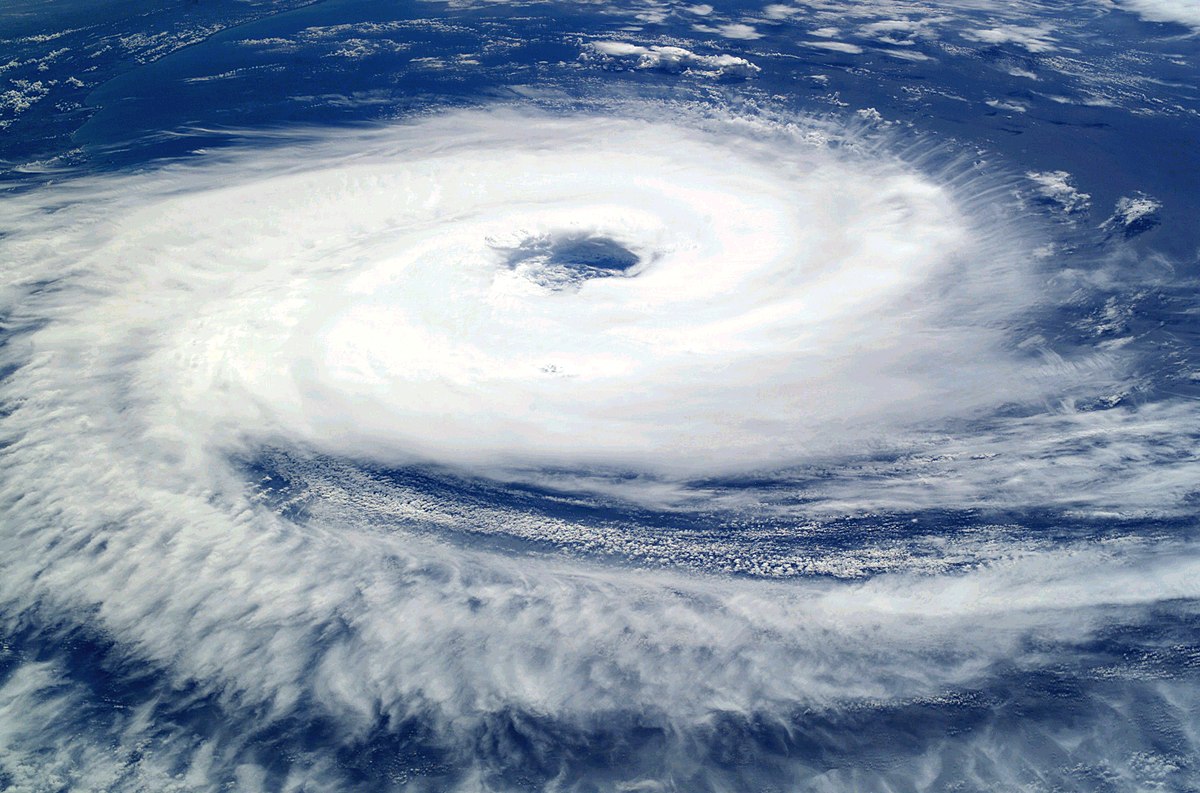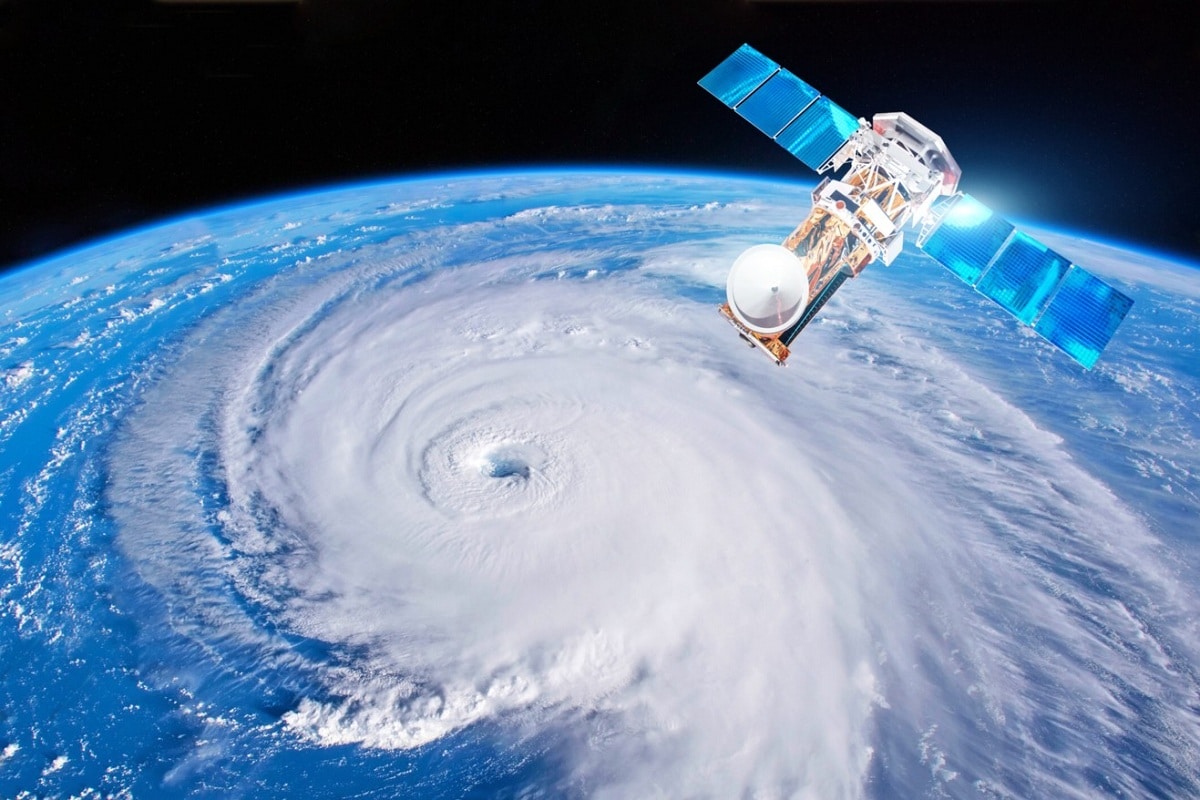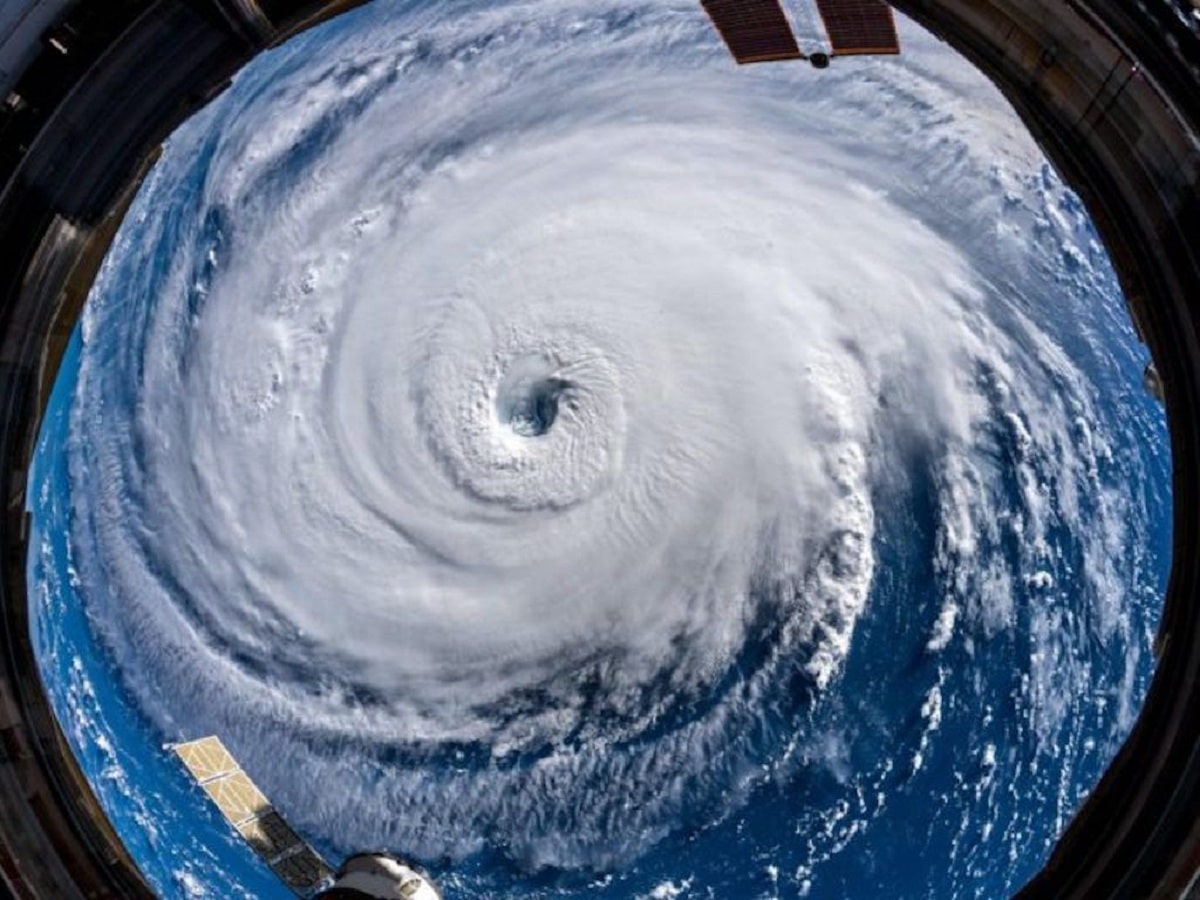
Un tropical cyclone it is one of the greatest threats to life and property, even in the early stages of its development. They carry different hazards that individually can significantly affect life and property, such as storm surge, flooding, high winds, tornadoes, and lightning. When these hazards combine, they interact and greatly increase the potential for loss of life and property.
For this reason, we are going to dedicate this article to telling you everything you need to know about the tropical cyclone, how it originates and what its consequences are.
Key features

In the last 50 years, tropical cyclones have caused 1.942 disasters, killed 779.324 people and caused economic losses estimated at $1.407,6 billion, equivalent to an average of 43 deaths and $78 million in damage per day.
A tropical cyclone is a rapidly rotating storm that originates in the tropical oceans and draws the energy it needs to develop. It has a low pressure center with clouds swirling towards the walls around the "eye", the central part of the system where there are no clouds and weather conditions are generally calm. Its diameter is usually around 200 to 500 kilometers, but it can also reach 1.000 kilometers.
tropical cyclones they produce very violent winds, heavy rains, huge waves and, in some cases, extremely damaging storm surges and coastal flooding. The wind blows counterclockwise in the northern hemisphere and clockwise in the southern hemisphere. Tropical cyclones that reach a certain intensity are named for public safety.
This meteorological phenomenon has different names depending on the place where it occurs.
- In the Caribbean Sea, the Gulf of Mexico, the North Atlantic, and the eastern and central North Pacific, this weather phenomenon is known as a "hurricane."
- In the western North Pacific, it is called a "typhoon."
- In the Bay of Bengal and the Arabian Sea, it is called a "cyclone."
- In the southwestern Pacific and southeastern Indian Ocean, they are called "severe tropical cyclones."
- In the southwestern Indian Ocean, it is called a "tropical cyclone."
Tropical cyclone and its types

Cyclones are often associated with very heavy rainfall, which can lead to widespread flooding. They are also associated with damaging or detrimental winds, with surface wind speeds that can exceed 300 km/h in the strongest systems. The combination of wind-driven waves and low pressure from a tropical cyclone creates a coastal storm surge: a flood of water that rushes toward the shoreline at high speed and with tremendous force, can sweep away structures in its path and cause damage. significant to the coast and the environment.
Based on maximum sustained wind speeds, tropical cyclones are designated as follows:
- Tropical depression with maximum sustained winds below 63 km/h;
- Tropical storms, when the maximum sustained winds are greater than 63 km/h, these types of storms are called;
- Hurricane, typhoon, severe tropical cyclone, or severe cyclonic storm (depending on the basin) when the maximum sustained winds exceed 116 km/h.
Hurricane intensity ranges from Category 1 to Category 5 on the Saffir-Simpson Hurricane Scale used in the Caribbean, Gulf of Mexico, North Atlantic, and eastern and central North Pacific:
- Category 1 hurricanes are those with maximum sustained winds between 119 and 153 km/h.
- Category 2 hurricanes are those with maximum sustained winds between 154 and 177 km/h.
- Category 3 hurricanes are those with maximum sustained winds between 178 and 209 km/h.
- Category 4 hurricanes are those with maximum sustained winds between 210 and 249 km/h.
- Category 5 hurricanes are those with maximum sustained winds higher than 249 km/h.
The impact of tropical cyclones and the damage they cause depends not only on the speed of the wind, but also on the speed of travel, the duration of strong winds, the amount of precipitation during and after landfall, and the changes. The suddenness of the direction and strength of the shift, its structure (eg size and strength), and human responses to disasters caused by these systems.
Tropical Cyclone Forecast

The world's meteorologists use modern technologies such as satellites, weather radar and computers to predict the path of tropical cyclone development. Tropical cyclones are sometimes unpredictable because they suddenly weaken or change course. However, meteorologists use state-of-the-art technology and develop modern techniques, such as numerical weather forecasting models, to predict the course of a tropical cyclone, including changes in its motion and intensity, when and where it makes landfall, and how fast it makes landfall. . The National Meteorological Service of the affected country is then in charge of issuing the official warnings.
About 80 tropical cyclones form each year. The WMO Tropical Cyclone Program provides information on these hazards and the Severe Weather Information Center WMO issues tropical cyclone warnings in real time.
The WMO framework allows for the wide and timely dissemination of tropical cyclone information. Thanks to international cooperation and coordination, an increasing number of tropical cyclones are being monitored from the earliest stages of their formation. WMO coordinates activities in this area globally and regionally through its Tropical Cyclone Program. Within the framework of this program, the activities of the Regional Meteorological Centers Specialized in Tropical Cyclones and the Tropical Cyclone Warning Centers designated by the WMO are carried out. The role of these centers is to detect, monitor, track and forecast all tropical cyclones in their respective regions. These centers provide guidance and warnings in real time to the National Meteorological and Hydrological Services.
In a tropical depression, winds can reach speeds of up to 62 kilometers per hour (km/h), causing massive flooding and damaging infrastructure in the area. In the tropical storm we have winds that They go from 63 to 117 kilometers per hour (km/h), torrential rains can cause flooding and all kinds of damage. Sometimes they turn into tornadoes.
I hope that with this information you can learn more about the tropical cyclone and its characteristics.